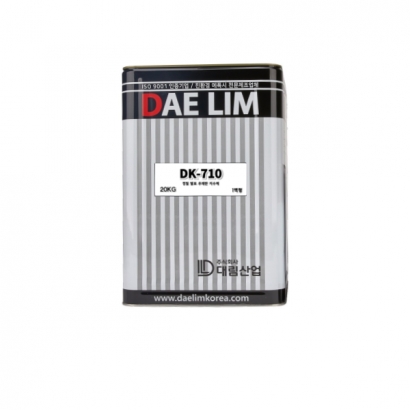
Excellent Penetration: Its low viscosity allows it to deeply penetrate cracks, maximizing waterproofing performance.
Rapid Reactivity: Enables immediate waterproofing treatment, making it easy to remove any excess material after curing.
Durability: Minimizes shrinkage after curing, ensuring stable waterproofing performance over time.
Strong Adhesion: Bonds firmly to concrete surfaces, guaranteeing long-term waterproofing.
Category | Rigid Polyurethane Foam Sealant Sealing (DK-710) |
Content | |
Mix Ratio | Single-component Dark brown |
Appearance | Dark brown |
Specific Gravity | 1.1 ± 1.15 |
Viscosity | 300~500 |
Tensile Shear Adhesion Strength | 3.8 |
Elongation (%) | 35 |
Packaging Unit | 20kg/10kg |